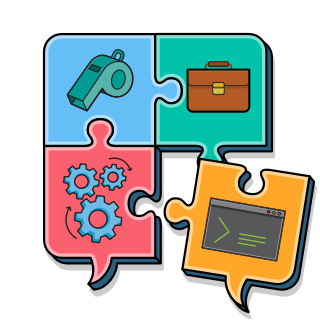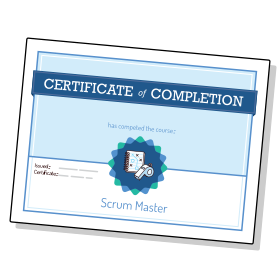 Who Should Take a CSM?
Who Should Take a CSM?
The CSM is perfect if you want to build strong foundational skills in Scrum. It's designed to help you support teams in adopting agile principles. It also gives you skills to ensure the Scrum process runs smoothly, improving collaboration and productivity.
Typical career goals for CSM participants include the desire to:
- Begin or grow as a Scrum Master – Learn the key responsibilities and practices of the Scrum Master role, from facilitation to team building.
- Become an agile advocate or coach – Guide teams in adopting and thriving in agile environments.
- Transition to agile – Ideal for moving away from traditional project management approaches into agile frameworks.
- Start driving organizational change – Begin to influence wider agile transformation efforts.





